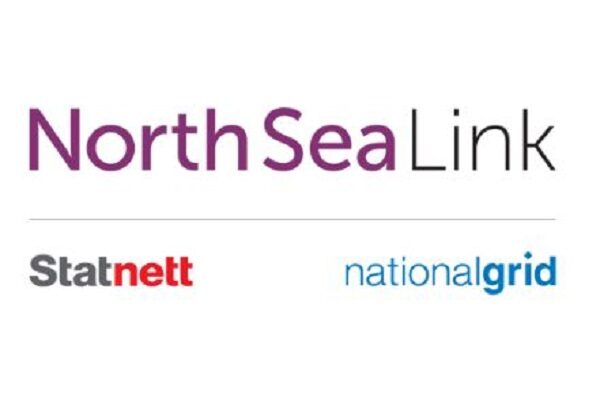While the region’s heritage may lie in coal mining, the future is looking green. With several on and offshore wind farms, two dedicated biomass power stations and now, the world’s longest subsea interconnector, the North East is gaining a global reputation as a leading area in renewable energy.

North Sea Link
The North Sea Link electricity interconnector is a €2 billion joint venture between National Grid (UK) and Statnett, Norway. The project will connect the UK’s electricity grid with Norway’s through the installation of a 1.4-gigawatt, 720-kilometre-long subsea electricity cable.
The project will put Cambois, Northumberland, on the map as home to the world’s longest subsea interconnector. It will also form part of the wider Blyth Estuary Renewable Energy Zone, whilst operating within the Cambois Zone of Economic Opportunity. The Norwegian site is based in Kvilldal, Norway.
The coastal locations were chosen as they offered the strongest connection points for each country’s electricity grid. The Northumberland site benefits from great transportation links such as the A189 and A1 motorways, as well as use of the nearby Port of Blyth for overseas equipment transportation and storage.
The UK site is home to North Sea Link’s interactive Energy Education Centre. The centre aims to teach local children about the importance of renewable energy and the project, and hopefully inspire a new generation to get involved in delivering a world-leading net zero energy sector for the region and the UK. The Energy Education Centre will remain on site as a legacy building for community and school use.
The project is due for completion in 2021 and once operational will support both countries in efficiently adapting to meet power demands, with the UK being able to import enough clean energy to power up to 1.4 million homes.
The UK Energy regulator has estimated that the interconnector’s installation will deliver consumer benefits of up to £3.5bn through to 2040.

